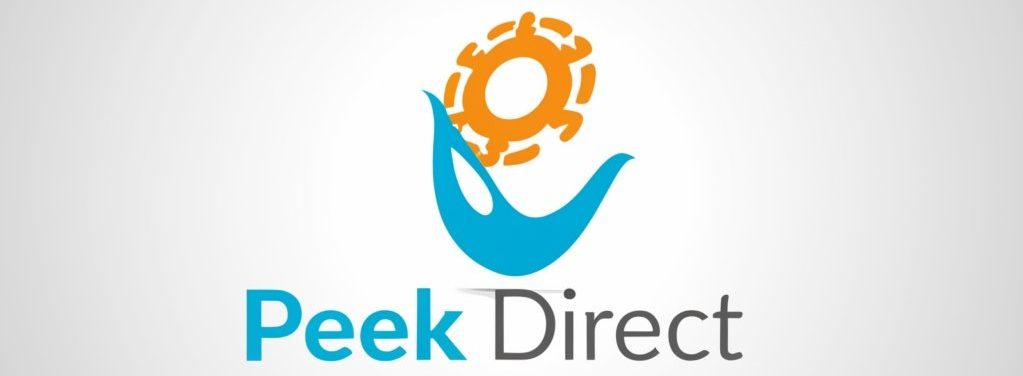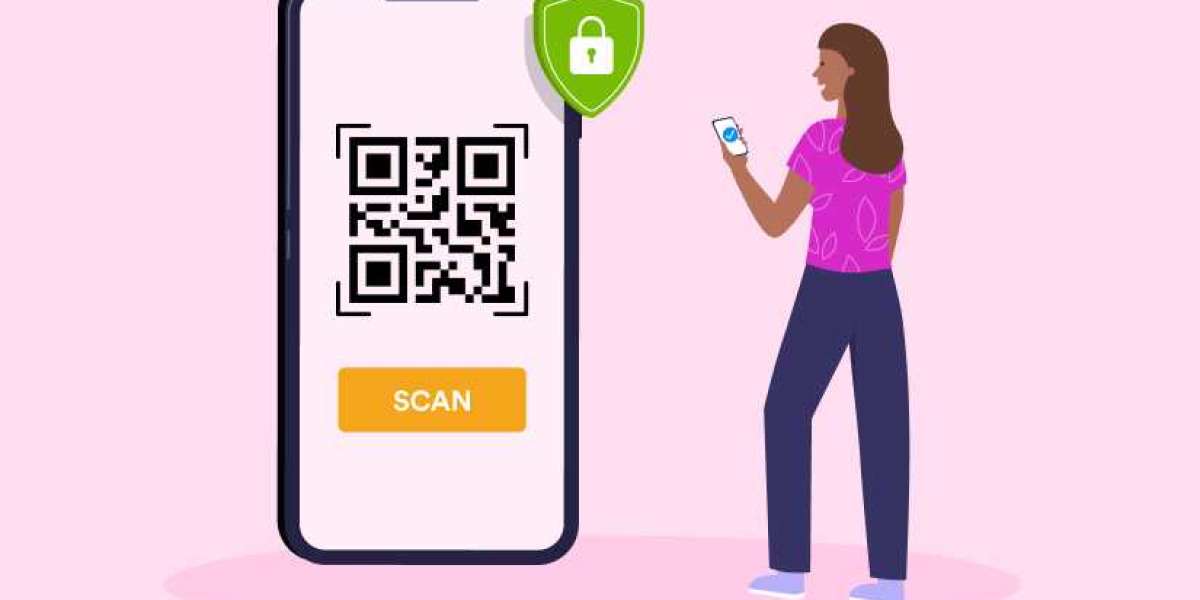In the digital age, technology has become a powerful catalyst for transforming traditional educational practices. Quick Response (QR) codes, initially designed for tracking automotive parts, have found an innovative and impactful role in education. These square matrix barcodes have become a dynamic tool, revolutionizing the learning experience for both educators and students. In this article, we explore how QR codes are reshaping education and unlocking new possibilities in teaching and learning.
1. Seamless Access to Learning Resources:
One of the primary ways QR codes are revolutionizing education is by providing seamless access to a wealth of learning resources. By embedding QR codes in textbooks, handouts, or classroom materials, educators can direct students to supplementary materials, online articles, videos, or interactive content related to the lesson. This instant access to additional resources enriches the learning experience and accommodates various learning styles.
2. Mobile Learning Platforms:
QR codes serve as a bridge between traditional classrooms and mobile learning platforms. Educational institutions use QR codes to link students directly to online platforms, where they can access course materials, submit assignments, and engage in collaborative discussions. This integration promotes flexibility and supports the growing trend of blended and online learning models.
3. Interactive Assignments and Assessments:
Educators leverage QR codes to create interactive assignments and assessments. By incorporating QR codes into worksheets or exam papers, teachers can link to multimedia content, quizzes, or surveys. This not only makes assessments more engaging but also allows for instant feedback, fostering a more dynamic and interactive learning environment.
4. Virtual Campus Tours and Orientation:
QR codes contribute to the smooth onboarding of new students by providing virtual campus tours and orientation materials. By scanning QR codes strategically placed around the campus, new students can access information about facilities, important locations, and upcoming events. This eases the transition and helps students feel more connected to their educational environment.
5. Student Portfolios and Showcase:
Students can create digital portfolios and showcase their work by incorporating QR codes. Whether it’s a project, artwork, or research paper, students can link QR codes to their digital portfolios, allowing teachers, peers, and even potential employers to access and review their achievements conveniently.
6. Classroom Attendance and Communication:
QR codes simplify routine administrative tasks such as attendance tracking. Students can scan a QR code upon entering the classroom, automatically registering their attendance. Additionally, educators can use QR codes to facilitate communication by sharing contact information or creating codes that link to virtual office hours or discussion forums.
7. Language Learning and Pronunciation Practice:
In language learning, QR codes offer a valuable tool for pronunciation practice. Language educators can create QR codes that link to audio clips or videos demonstrating correct pronunciation. Students can then use their smartphones to practice and refine their language skills outside of the classroom.
8. Engaging Educational Games:
QR codes add an element of gamification to the learning process. Educators can create educational games by placing QR codes around the classroom or campus, each leading to a different challenge or information quest. This gamified approach enhances engagement and encourages students to explore and learn in an interactive way.
Conclusion:
QR codes have emerged as a transformative force in education, offering a versatile and dynamic tool for educators and students alike. By seamlessly integrating the physical and digital aspects of learning, QR codes are breaking down traditional barriers and revolutionizing the educational landscape. As technology continues to evolve, the potential applications of QR codes in education are likely to expand, further enhancing the way we teach and learn in the digital era.

